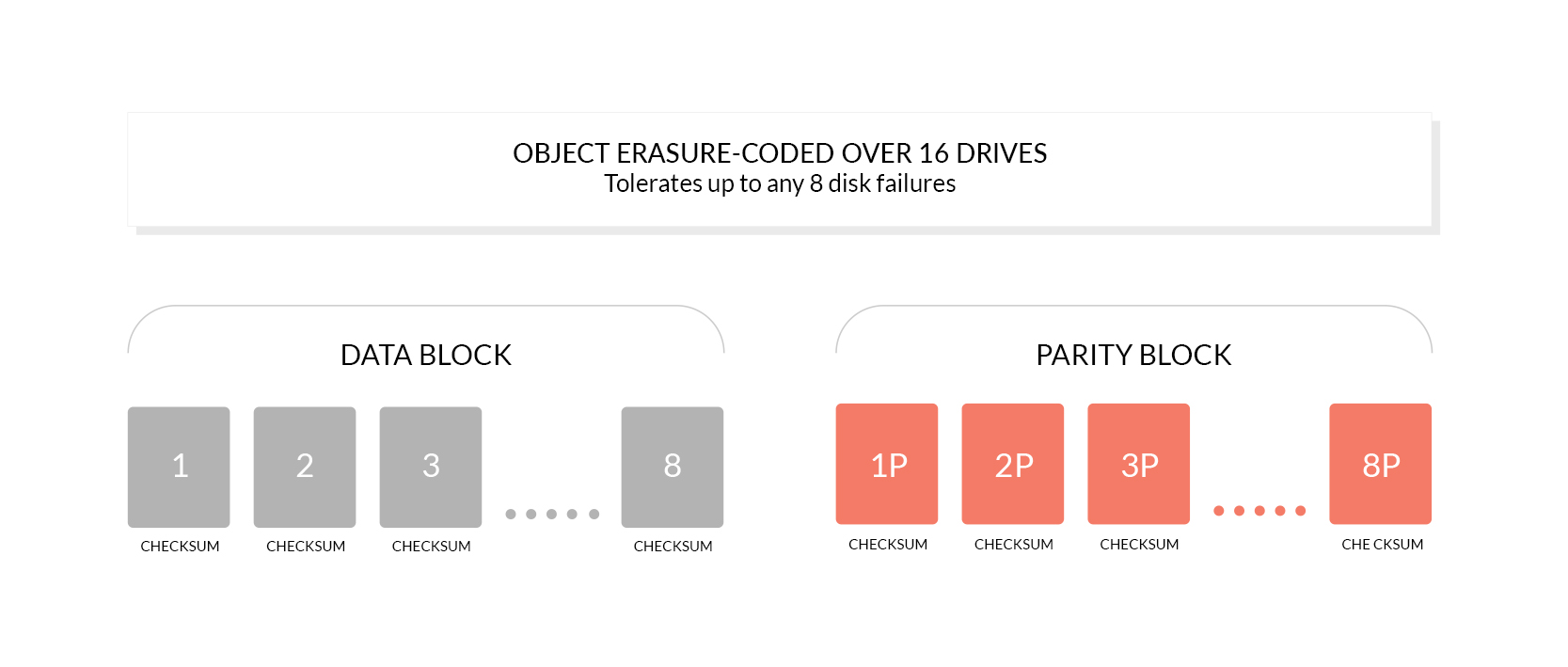- Sort Score
- Result 10 results
- Languages All
Results 81 - 90 of 128 for designated (0.06 sec)
-
docs/en/docs/tutorial/security/get-current-user.md
/// tip You might remember that request bodies are also declared with Pydantic models. Here **FastAPI** won't get confused because you are using `Depends`. /// /// check The way this dependency system is designed allows us to have different dependencies (different "dependables") that all return a `User` model. We are not restricted to having only one dependency that can return that type of data. ///
Registered: Sun Sep 07 07:19:17 UTC 2025 - Last Modified: Sun Aug 31 09:15:41 UTC 2025 - 4K bytes - Viewed (0) -
okhttp/src/commonJvmAndroid/kotlin/okhttp3/RequestBody.kt
* may be sent after response headers or body bytes have been received. * * Though any call may be initiated as a duplex call, only web servers that are specially * designed for this nonstandard interaction will use it. As of 2019-01, the only widely-used * implementation of this pattern is [gRPC][grpc]. * * Because the encoding of interleaved data is not well-defined for HTTP/1, duplex request
Registered: Fri Sep 05 11:42:10 UTC 2025 - Last Modified: Wed Jun 04 17:43:43 UTC 2025 - 9K bytes - Viewed (0) -
CITATION.cff
shared state, and the operations that mutate that state. It maps the nodes of a dataflow graph across many machines in a cluster, and within a machine across multiple computational devices, including multicore CPUs, general purpose GPUs, and custom-designed ASICs known as Tensor Processing Units (TPUs). This architecture gives flexibility to the application developer, whereas in previous “parameter server” designs the management of shared state is built into the system, TensorFlow enables developers...
Registered: Tue Sep 09 12:39:10 UTC 2025 - Last Modified: Mon Sep 06 15:26:23 UTC 2021 - 3.5K bytes - Viewed (0) -
guava/src/com/google/common/util/concurrent/Monitor.java
/** Returns whether this monitor is using a fair ordering policy. */ public boolean isFair() { return fair; } /** * Returns whether this monitor is occupied by any thread. This method is designed for use in * monitoring of the system state, not for synchronization control. */ public boolean isOccupied() { return lock.isLocked(); } /**
Registered: Fri Sep 05 12:43:10 UTC 2025 - Last Modified: Mon Mar 17 20:26:29 UTC 2025 - 42.8K bytes - Viewed (0) -
fess-crawler/src/main/java/org/codelibs/fess/crawler/helper/MemoryDataHelper.java
/** * The {@code MemoryDataHelper} class provides a helper for managing crawler data in memory. * It stores URL queues, access results, and URL patterns for inclusion and exclusion. * This class is designed to be used in a single-threaded environment or with external synchronization. * * <p>It uses {@code Map} and {@code Queue} data structures to hold the data. The class providesRegistered: Sun Sep 21 03:50:09 UTC 2025 - Last Modified: Sun Jul 06 02:13:03 UTC 2025 - 8.1K bytes - Viewed (0) -
docs/en/docs/tutorial/security/first-steps.md
Now let's go back a bit and understand what is all that. The `password` "flow" is one of the ways ("flows") defined in OAuth2, to handle security and authentication. OAuth2 was designed so that the backend or API could be independent of the server that authenticates the user. But in this case, the same **FastAPI** application will handle the API and the authentication.
Registered: Sun Sep 07 07:19:17 UTC 2025 - Last Modified: Sun Aug 31 09:15:41 UTC 2025 - 8.4K bytes - Viewed (0) -
src/main/java/jcifs/SidResolver.java
* target server where keys are SIDs representing an account and each value * is an ArrayList of SIDs represents the local groups that the account is * a member of. * * This method is designed to assist with computing access control for a * given user when the target object's ACL has local groups. Local groups * are not listed in a user's group membership (e.g. as represented by theRegistered: Sun Sep 07 00:10:21 UTC 2025 - Last Modified: Sat Aug 16 01:32:48 UTC 2025 - 5.2K bytes - Viewed (0) -
docs/erasure/README.md
 ## What is Bit Rot protection?
Registered: Sun Sep 07 19:28:11 UTC 2025 - Last Modified: Tue Aug 12 18:20:36 UTC 2025 - 4.2K bytes - Viewed (0) -
docs/en/docs/tutorial/testing.md
It is based on <a href="https://www.python-httpx.org" class="external-link" target="_blank">HTTPX</a>, which in turn is designed based on Requests, so it's very familiar and intuitive. With it, you can use <a href="https://docs.pytest.org/" class="external-link" target="_blank">pytest</a> directly with **FastAPI**.
Registered: Sun Sep 07 07:19:17 UTC 2025 - Last Modified: Sun Aug 31 09:15:41 UTC 2025 - 6.6K bytes - Viewed (0) -
SECURITY.md
[XLA](https://www.tensorflow.org/xla) and [JAX](https://jax.readthedocs.io/en/latest/jax-101/02-jitting.html) documentation should be safe, while some of the testing and debugging tools that come with the compiler are not designed to be used with untrusted data and should be used with caution when working with untrusted models. ### Saved graphs and checkpoints When loading untrusted serialized computation graphs (in form of a `GraphDef`,
Registered: Tue Sep 09 12:39:10 UTC 2025 - Last Modified: Wed Oct 16 16:10:43 UTC 2024 - 9.6K bytes - Viewed (0)